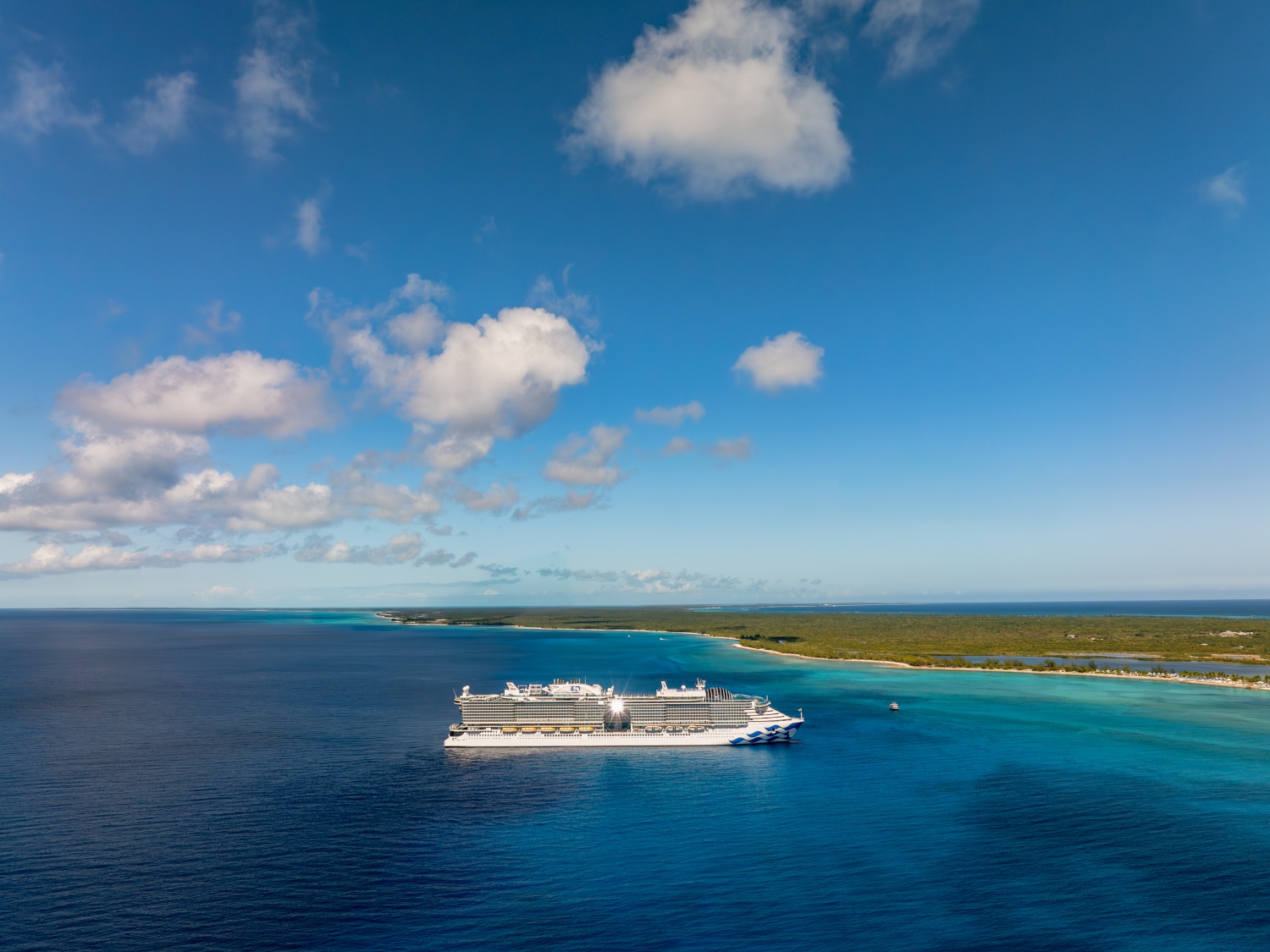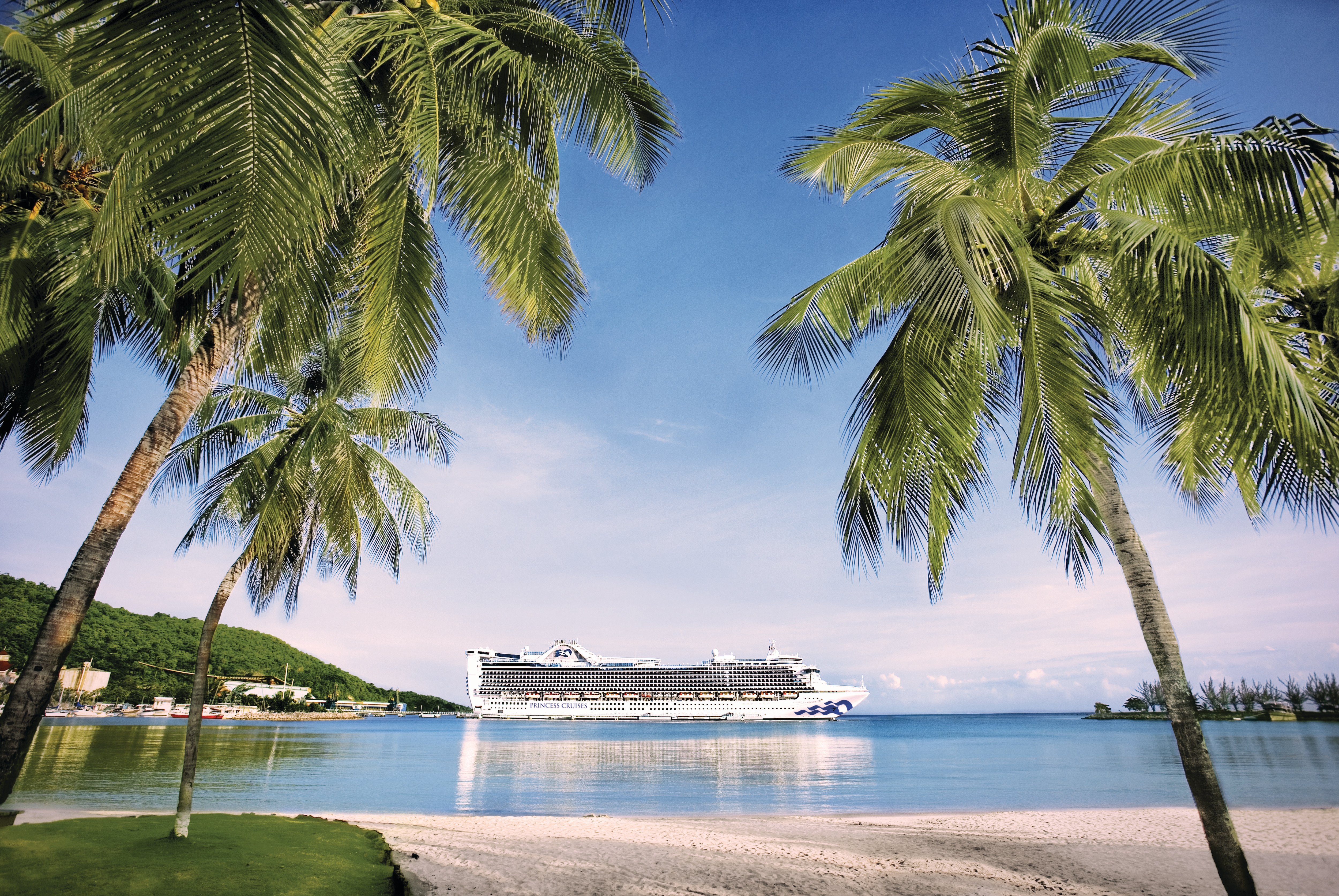How Whittier, Alaska, Won World War II
Under the gaze of Whittier Glacier, tucked onto a triangular piece of land dwarfed by the Chugach Mountains, sits Whittier, Alaska. A breathtaking locale, Whittier boasts a variety of meaningful landmarks, including the 14-story Begich Towers; the stark, abandoned Buckner Building; the railroad tracks that lead through the 2.5-mile Anton Anderson Memorial Tunnel used by the Princess-exclusive Direct-to-the-Wilderness rail service (the only way out of the city by land); and the historic Anchor Inn Restaurant and Lounge. How did this city, situated on a remote edge of Alaskan landscape, gain such valuable beacons?
The answer lies in Whittier, Alaska’s history, and the role it played in the United States' victory in World War II.
Military Activity in Alaska
Before the Japanese attacked Pearl Harbor in December 1941, the US military had started construction inside Alaska. But they faced a problem: Railroad traffic had tripled as the need for supplies increased, putting strain on the port of Seward, Alaska, which was 58 route miles farther south than Whittier, Alaska. How could the Alaskan Command effectively supply the units that would be necessary to defend the state?
Whittier, with ship access via the Prince William Sound and Passage Canal, was an ideal solution. It could be secured with controlled access by tunnels, its typically cloudy weather would provide cover from air bombardment, and Passage Canal was free of ice year-round.
A flurry of activity erupted in Whittier. In August of 1941, construction began on the two railroad tunnels that would connect men and materials from Whittier's docks to Portage, Alaska, north to Anchorage, and well beyond. That year the men worked through frigid winter conditions. A ceremony celebrated completion of the digging on November 20, 1942.
A Critical Transport Hub
On April 3, 1943, the Army's 714th Transportation Corps arrived to assist with rail installation; the first train arrived in Whittier on June 1, 1943. A week later a shipload of troops arrived by boat, and they became the first to disappear through the tunnel as they headed toward northern bases. Whittier had secured its role as a critical transport hub that strengthened the US military's defenses against Japanese invasion.
The Japanese raided Alaska's Aleutian Islands but never reached farther than Dutch Harbor. Whittier remained secure, while daily life in the city consisted of a close monitoring of activity. Photographs of the railroad were classified as "secret." Wooden structures that housed the military and civilian men who served in the war effort were dubbed Camp Sullivan — and a town was born.
Post–World War II Whittier History
After WWII, Whittier remained an important location on the military supply chain, experiencing a second boom during the Cold War, when both the Buckner Building and the Begich Towers were built. With its infrastructure established, Whittier's significance as a port was perpetuated — today, it is Princess Cruises' port of call for access to Anchorage and Alaska land and sea vacations into the heart of Alaska.
Visit Alaska by choosing one of Princess Cruises' Alaska cruises, and experience historic Whittier for yourself. Or choose an Alaska cruisetour, ride the Direct-to-the-Wilderness rail into Alaska's interior, and embrace the roots of history from which Whittier, Alaska, grew.
Get excited for an Alaskan adventure by checking out all the sights you can embark on. View Alaska cruises.



